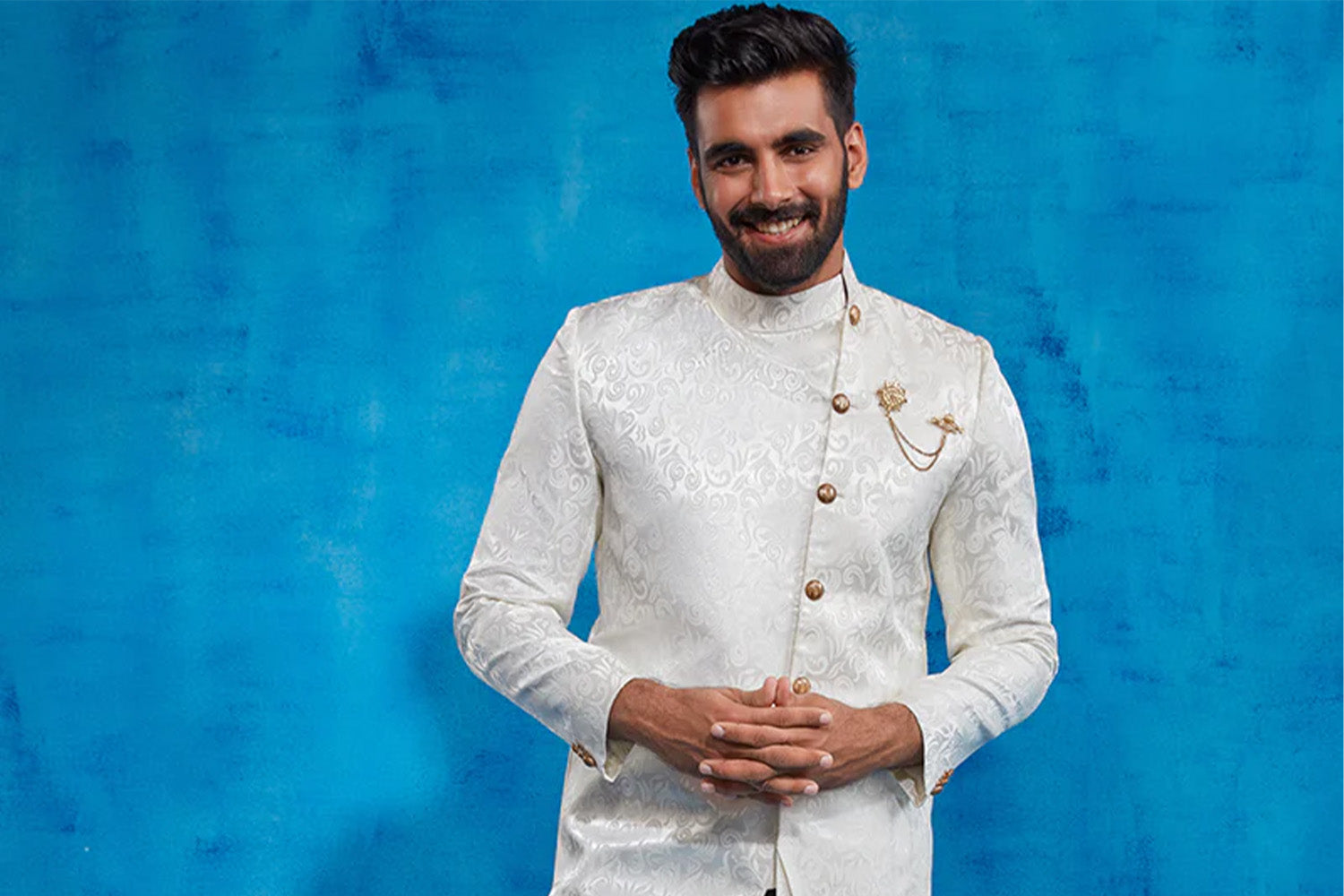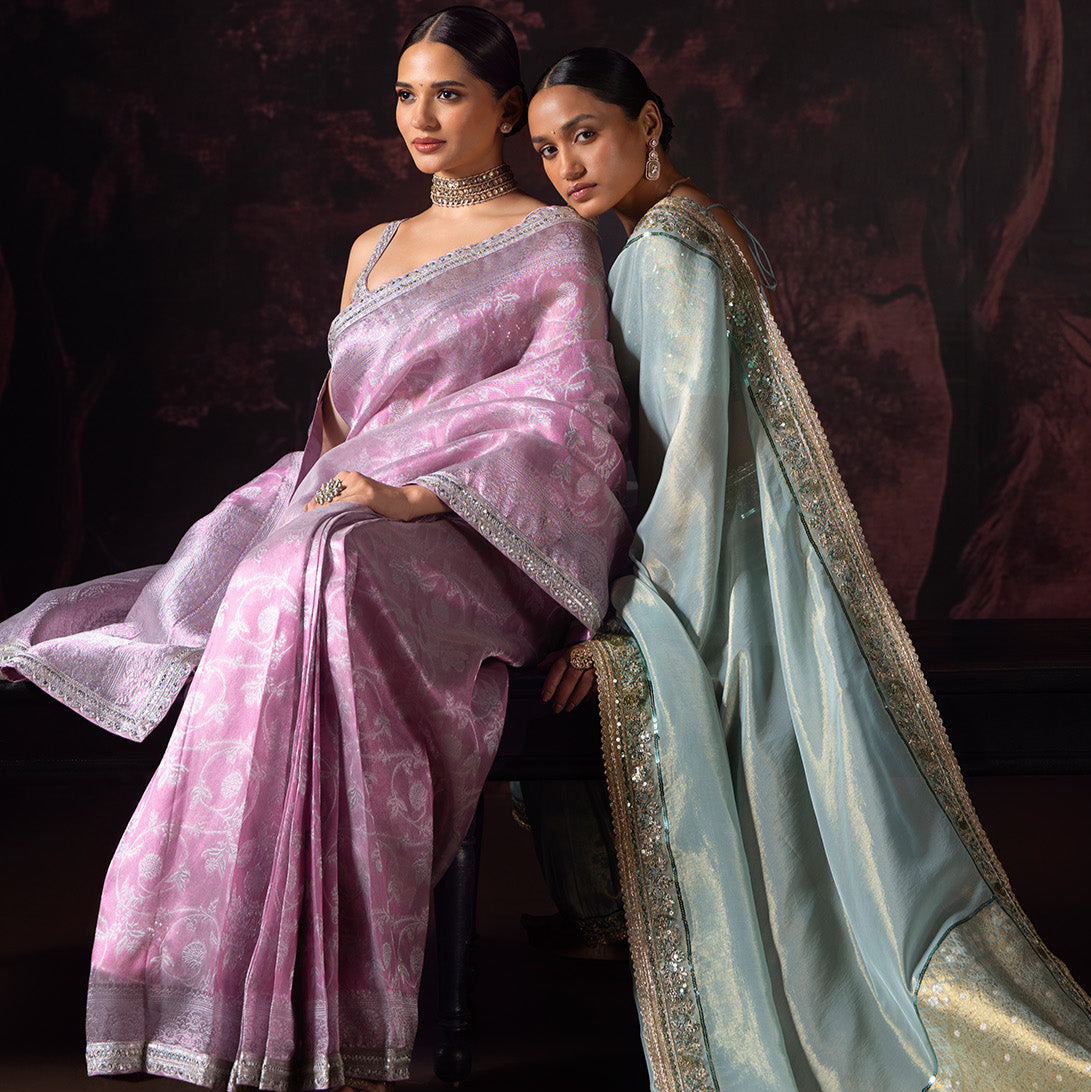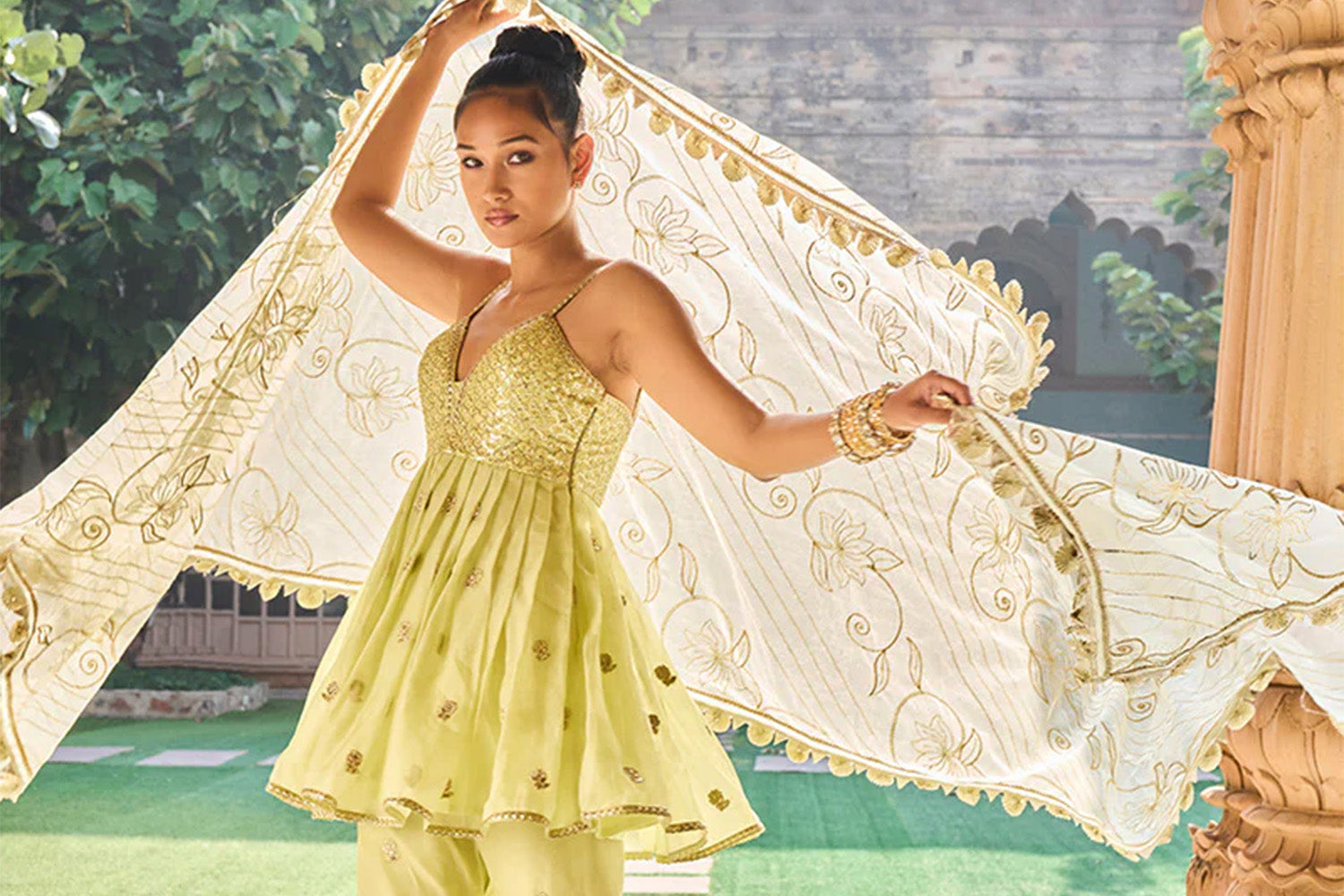
Luxurious Fabrics: What Is Jacquard Fabric?
Shopping online is super convenient, making it one of our favorite ways to spend an afternoon. We love checking out styles and getting clothing delivered straight to our doors without ever needing to hit the mall. But okay, we’ll admit it. There is something to be said about actually going to a store and touching the material for the item you’re buying.
When you’re shopping online, you may not know what certain terms mean when you’re looking at the description of a product. Take fabric, for example. Most of us know what cotton or linen feels like, but fabric blends can be hard to gauge, or you may have never even heard of the fabric before.
One lesser-known fabric term that describes a hugely popular material is Jacquard. Some of our favorite designs are made with Jacquard fabric.
So what does this term mean, and where did it come from? Keep reading for a comprehensive guide to Jacquard.
What Is Jacquard Fabric?
Jacquard fabric is a woven material. Rather than printing or embroidering a design on top of the fabric, the design motifs are baked into the weaving process.
What Are the Origins of Jacquard Fabric?
The history of Jacquard fabric dates back to the late 1700s when Joseph Marie Jacquard began work on a new style of loom. Before this loom, intricate weaving designs needed to be hand constructed, as textile makers brought individual yarns together to make one singular cloth. This was more time-consuming.
A Jacquard loom relies on interchangeable punch cards which tell the loom exactly which design to make. The result is a far more automated woven pattern. Because the pattern is woven directly into the cloth, Jacquard fabrics are reversible, have better durability, and often feature more intricate designs.
Who Was Joseph Marie Jacquard?
The clothing industry we know today would have looked much different without Joseph Marie Jacquard. He’s considered the father of the textile revolution, making it easier and more efficient to produce large quantities of cloth.
Joseph Marie Jacquard was a French weaver and inventor living in France from the mid-1700s until the mid-1800s. His idea for the Jacquard loom came to fruition in the early 1800s after he briefly took a break from weaving to fight in the French Revolutionary War.
By 1819, Jacquard was awarded a gold medal and the Cross of the Legion of Honour. By then, his loom had traveled to other parts of Europe and effectively changed how fabrics are woven forever.
The Legacy of Jacquard Fabric
While woven fabrics have existed for many centuries, Jacquard’s invention helped birth the industrial textile revolution. Today, modern jacquard is made with computer programs instead of punch cards, but the idea behind the process is very much the same.
Although Jacquard was originally woven from silk, modern Jacquard looms are capable of weaving cotton blends, linen, and synthetic fabrics like rayon.
What Are the Different Types of Jacquard Fabric?
These days, Jacquard is used as an umbrella term, covering any type of woven material that is produced using the Jacquard loom or looms inspired by his invention.
Jacquard Brocades
All brocade fabric technically falls under the jacquard umbrella, but not all jacquard fabrics are brocades. Brocades get their name from the French word brocart, meaning ornamented. Brocade fabric is created with a supplementary weft technique, in which the intricate designs are given a raised pattern so that they look like embroidery even though they’re not.
The result is a three-dimensional and generally highly ornate piece of material that you could almost mistake for a tapestry. Brocades are meant to be used in clothing, especially for very important pieces like wedding wear.
Jacquard Brocatelle
A jacquard brocatelle is very similar to a brocade, with one main difference. Brocatelle gets its name from the Italian word broccato, which loosely translates to embossed fabric.
The (generally satin) background of the weave will look pushed into the fabric to create an embossing effect. In any case, it is just another example of how versatile a jacquard weave can be.
Jacquard Damask Fabric
You’ve probably seen damask patterns in curtains and drapery, upholstery fabric, and tablecloths. Damask fabrics include complex patterns that often repeat themselves. Floral motifs are especially common in Damask weave patterns. Typically, damask fabrics are made with satin or silk jacquard, giving the materials a shiny look.
Jacquard Tapestries
Considering just how efficient the Jacquard knit is at producing intricate patterns in far less time and with far less effort, modern tapestries lean on the Jacquard loom all the time.
It’s likely you’ve seen Jacquard patterns in home decor as well as museum pieces.
What Is Jacquard Used To Make?
Initially, Jacquard knit fabric was largely produced for clothing and home decor. However, as the technology spread around the world, it became one of the most versatile materials out there — particularly for high-end clients.
We’ll name a few ways this material comes to life below:
Formalwear
Because Jacquard fabrics are more durable and sleek and shiny, it’s often used in formalwear, signifying the specialness of special occasions. We frequently see grooms opting for Jacquard Sherwani jackets on their wedding days because of the structure of the material and its obvious quality.
We particularly like this Black and White Jacquard Sherwani. The off-white fabric features a delicate pattern and a subtle shine, which is set off nicely by shimmering gold buttons. Sleek silk bottoms complete the ensemble for a look that will shine on any special occasion.
This Mint Jacquard Sherwani is another stylish option that features a subtle mint and cream-colored pattern that draws the eye. Gold buttons contrast nicely with the white rayon top and the fitted silk bottoms. The best part is that each piece is checked by hand to ensure it’s as high-quality as possible.
Sarees
That doesn’t mean that Jacquard is reserved for men. As sarees include a wide and long piece of fabric draped over the body, the style lends itself perfectly to the Jacquard knit. Sarees are frequently worn during formal Indian events and festivals, so Jacquard is a natural fit for the material as it elevates any outfit.
Sari blouses and skirts can also be made with Jacquard fabric.
The intricacy of the fabric means that pieces made with Jacquard will pair well with equally intricate jewelry, like the Priya Green Kundan Necklace Set. The designs of this green and gold set will mirror any patterns present in your jacquard fabric, and the semi-precious stones add a layer of elegance to any outfit.
Throw Blankets and Pillow Covers
As we said, Jacquard also pops up in home decor because of its class and durability. We love to include an accent or throw pillow with a Jacquard front because it’s an opportunity to put a piece of art in a place where you wouldn't ordinarily expect it.
As so many Jacquard pillow colors and throw blankets are colorful and eye-catching, this material brings life and energy into living spaces.
Bedding
To that end, we also love to see a Jacquard in the bedroom. Quilting, duvet covers, and shams are often produced with Jacquard fabric. Depending on the material it’s produced with, these fabrics can be ultra comfortable as well. They may not be as smooth as just plain cotton sheets, but Jacquard sheets are ultra high-end and gorgeous to look at.
A Luxurious Fabric Worth Wearing
So what makes Jacquard one of our favorite materials to produce and wear clothing in? Let’s recap what we discussed today.
Jacquard is a beautiful material, usually featuring intricate and ornate designs that look totally effortless. You can’t see any human error because the Jacquard loom eliminates the possibility of it. As a result, these materials appear to be flawless and well-crafted. As a result, they are uber-elegant.
Because they’re durably woven, Jacquard fabrics are both reversible and wrinkle-free. They’re great for long events where you want the structure of your silhouette to last. They’re also fabulous for winter events where you want something slightly warmer around you.
Patterned fabrics come in all shapes, sizes, and colors. A digital silk print can be totally stunning, don’t get us wrong, but there is something so extra about a fabric where the design is physically woven into the material itself.
Whenever we want to take a look to the next level, we turn to Jacquard. For your next big formal event, try it out and see how many compliments you receive — you’re welcome in advance!
Sources:
Joseph-Marie Jacquard | Encyclopedia Britannica














